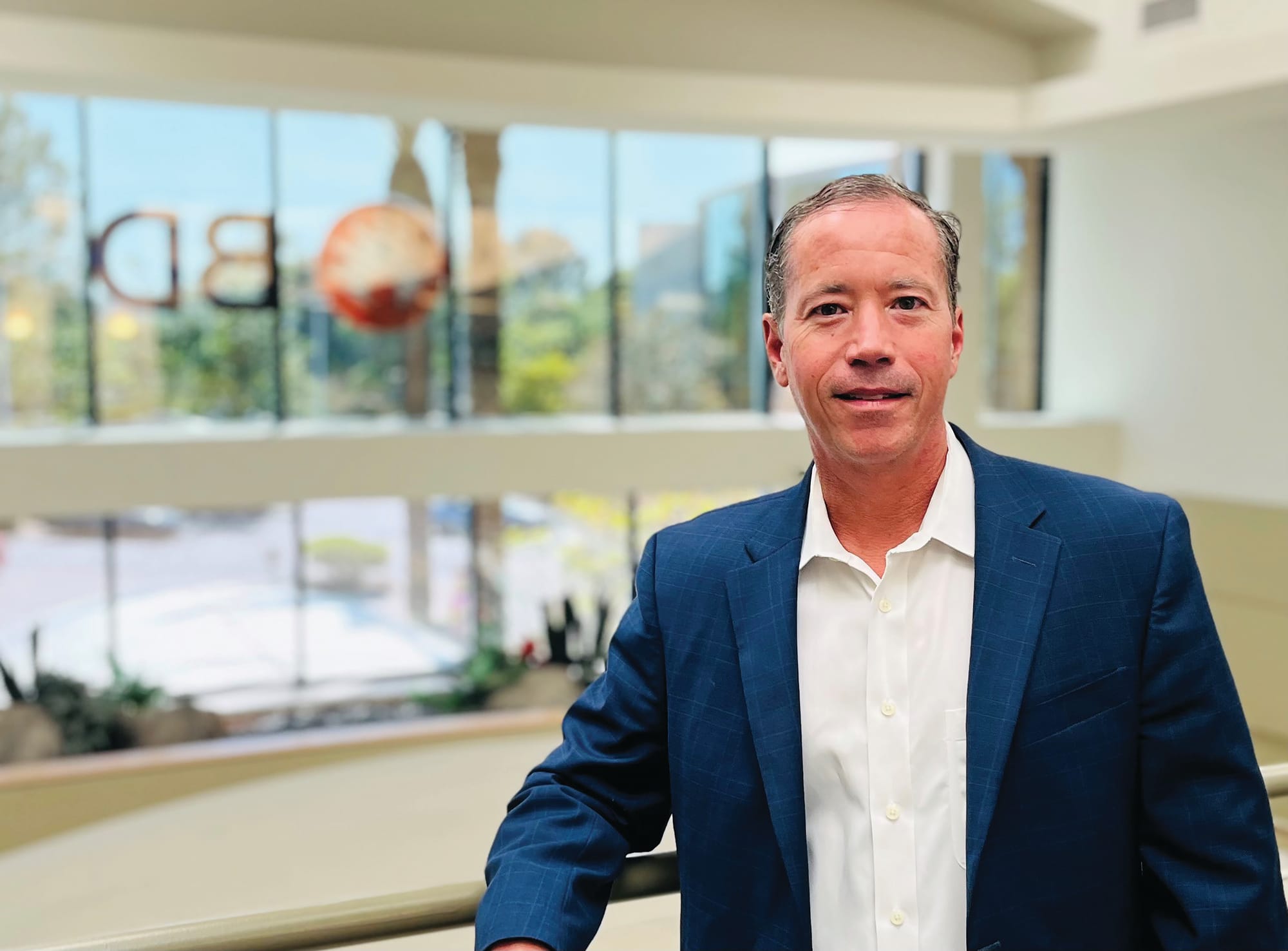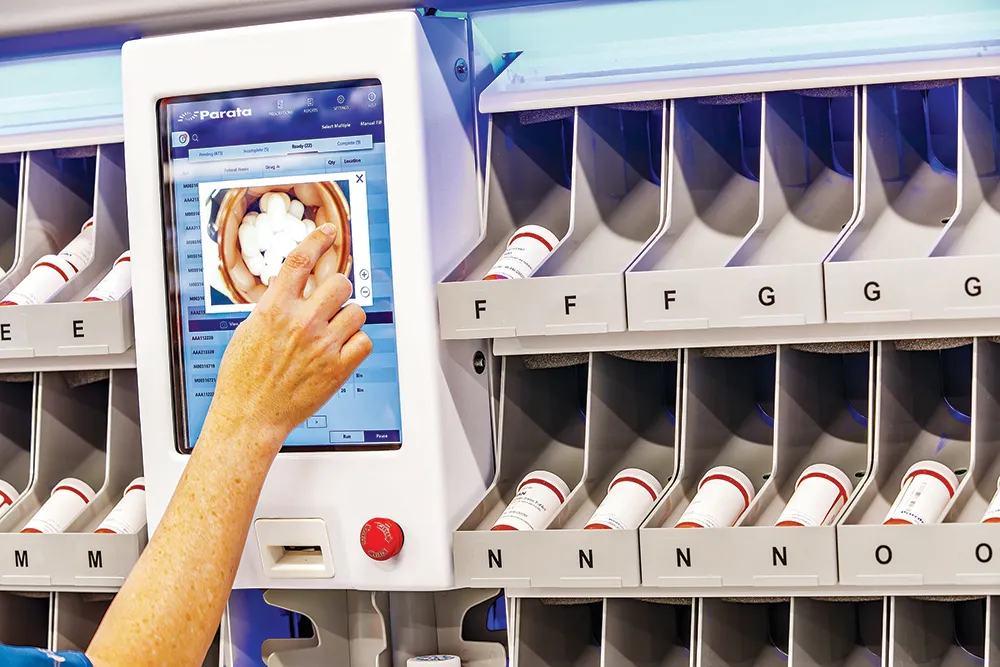Think about last flu season. Odds are that pharmacy customers experienced longer waits, staff saw greater backlogs and increased burnout all while admirably dealing with a surge of vaccinations on top of dispensing, counseling and clinical responsibilities. To further complicate staffing challenges, those who were allowed to hire additional staff struggled to find applicants.

Jason Strohm
This is a trend that burdens many pharmacies today, with ongoing staffing shortages leading to constraints in providing patient care, such as reduced operating hours and an increased level of burnout among pharmacists. In fact, pharmacists report experiencing some of the highest rates of burnout among health care professionals.
As we consider the future of community-based health care in the pharmacy, automation technology is a solution for addressing staffing shortages and empowering pharmacists to practice at the top of their professional licenses.
We are at a critical point at which to make this change. The burden on pharmacists has only been exacerbated as a result of the COVID-19 pandemic and the unprecedented pressures it placed on the health care system. While pharmacists have always played a central role in providing personalized, community-based health care, the pandemic thrust them into an elevated role with increased responsibilities including providing point-of-care screening, testing services, administering vaccinations and prescribing antiviral medications. Pharmacists rose to the challenge during this crisis and provided valuable care in their communities when it was needed. And patients took notice: In a 2022 Gallup poll, pharmacist was deemed one of the most honest and ethical professions in the country.
With 90% of Americans living within five miles of a community pharmacy and the average patient visiting their community pharmacist 12 times more frequently than their primary care provider, pharmacists are poised more than ever to be the core of community health care. But with ongoing labor concerns and growing responsibilities, the reality is that manual and administrative tasks take time away from pharmacists’ ability to provide patient-focused clinical care and expert consultation. According to a recent survey, pharmacists are only able to spend 10% of their working day counseling patients, an essential activity pharmacists would prefer to dedicate more time toward. In fact, some states, like New York, mandate pharmacist counseling of every newly prescribed medication.
Pharmacy automation technology takes time-consuming, manual tasks — like counting, packaging, labeling and dispensing medication — away from pharmacists, freeing up time to provide individual counseling to ensure patients have all the information they need to use their medications safely and effectively. Automation enables pharmacists to focus on the patient and, in the process, limit medication dispensing errors, such as miscounted medications.
While pharmacy automation isn’t a new concept, technology has significantly evolved over the past decade in speed, accuracy and efficiency. Automation-powered health care tools and solutions are designed to streamline the medication management process, all the way from the beginning of the supply chain through delivery to the patient.
And BD has played a key role in innovation with medication management technology, innovating inpatient products (BD Pyxis, Alaris, etc.) to assist pharmacists and nurses. Last year, BD built on this history with its acquisition of Parata Systems. Historically, its work in the United States was mostly concentrated within hospitals and health systems. With Parata’s vial-filling, blister card and pouch packaging offerings it is now able to expand its impact beyond the hospital, across all care settings, including retail pharmacies.
The impact this is making is being realized. BD hears every day from its customers about the power of pharmacy automation technology to improve care and service to patients and customers, and build a strong, resilient workplace culture in the pharmacy. For example, St. Vincent DePaul, a nonprofit organization in Dallas, opened a pharmacy in 2018 to give access to medications for its underserved community members. Like many pharmacies, the pandemic drove immense growth for it. “The driving force for us in considering automation was the need to expand production efficiency in a way that still allows for us to provide care to our neighbors in need,” said pharmacist-in-charge Carlos Irula.
BD sees time as the ultimate value-add in the pharmacy right now, and this is where pharmacy automation comes in. It is automating what was done manually yesterday.
Jason Strohm is vice president and general manager of pharmacy automation at BD.







